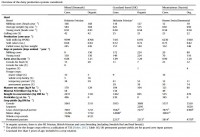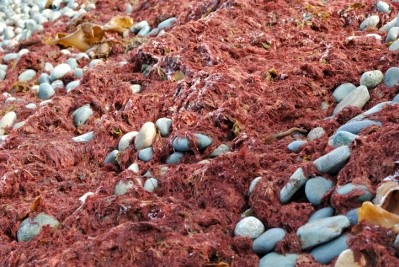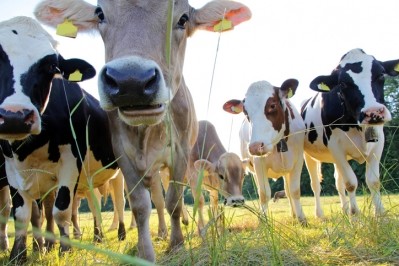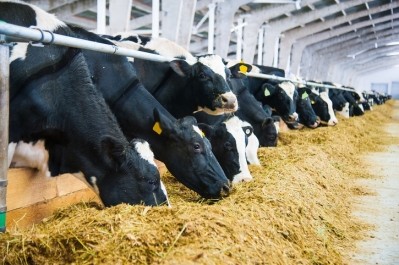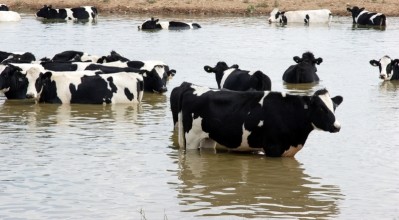Paper ranks organic milk production highly on ecological scores, calls for more grass in EU dairy feed rations
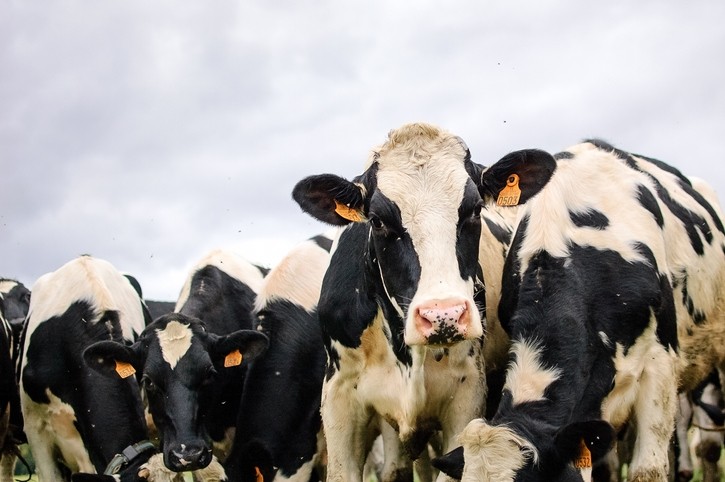
Biodiversity, ecotoxicity and soil carbon changes as well as climate impacts need to be included when assessing dairy production’s effect on the environment, said the scientists involved, who are based in research institutions in Denmark, the UK, Spain and Austria.
Their paper was published in the Journal of Cleaner Production.
The team said estimates of soil carbon changes, biodiversity and ecotoxicity have often been missing from life cycle assessment based studies of organic dairy products, despite evidence the impacts of organic and conventional management may differ greatly within these areas.
“The aim of the present work was therefore to investigate the magnitude of including these impact categories within a comprehensive environmental impact assessment of organic and conventional dairy systems.”
The researchers chose to look at three different types of organic and conventional production systems in Europe: mixed systems with milk production and arable crops (Denmark), grass-based milk production (UK) and milk production in mountainous areas (Austria).
Findings
As in previous publications, this study showed that when assessing climate change, eutrophication and acidification impact, organic milk has similar or slightly lower impact than conventional, although land-use is higher under organic management.
The carbon footprint of organic milk was less, the researchers found; they said this was because the carbon that was stored in the soil was removed from the atmosphere. Carbon sequestration in the organic milk production system reduced the climate footprint of milk by 9-18%, they added.
The contribution from the cows’ methane-rich burps was lowest, however, in the conventional systems compared to the organic systems due to a higher milk yield in the conventional cows, noted the experts.
The team said the home-grown feed in the organic systems had a smaller carbon footprint than in the conventional systems due to the absence of mineral fertilizer in the organic systems. The absence of mineral fertilizer also meant that the organic systems contributed less to resource depletion in the form of minerals, they added.
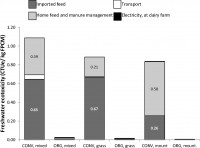
The researchers found the impacts of organic milk production on ecotoxicity – the impact of pesticides on the aquatic environment - biodiversity and resource depletion were 2, 33 and 20% of that of conventional management, respectively, across the basic systems considered.
“On average, the effect of organic milk production on ecotoxicity was only 2% of the effect of conventional milk production,” said Marie Trydeman Knudsen, department of agroecology, Aarhus University and lead author.
Resource depletion, feed
The authors observed that the mixed system is characterized by a higher yield per cow, more arable crops in the feed supply and a higher amount of bought-in concentrates than the grassland-based and mountainous system, independent of whether the production is organic or not.
“This is reflected in the resource depletion impact for the mixed conventional system, which is much higher than the other systems due to fossil energy-use related to imported feed, transport and the production of home-grown feed. Likewise, the organic production of milk from the grassland-based and mountainous systems contributes much less to this impact category than the organic milk from the mixed system.”
The researchers said the impact on ecotoxicity is mainly related to imported feed in the conventional mixed and grassland-based systems, whereas home-grown feed is the main contributor in the mountainous systems due to the higher share of home-grown cereals in the feed supply. The highest impact is found in the conventional mixed systems.

Land use was approximately 50% higher for organic compared to conventional milk in the mixed and mountainous systems, whereas it was only 12% higher in the grassland-based system due to a combination of milk yield, grass yield and feed intake, they added.
The mixed organic systems has a higher impact on biodiversity than the two other systems, as pasture constitutes a much greater proportion of the land-use within the mountainous and grassland-based systems, they said.
“More grass instead of annual crops in the feed ration will reduce both the freshwater ecotoxicity and the biodiversity potential if the milk yield is not markedly affected.
“Thus, the study suggests that the main improvement options would be to increase the amount of grass in the ration and reduce the import of feed, which will affect both soil carbon sequestration in the climate change category, biodiversity and freshwater ecotoxicity.”
Source: Journal of Cleaner Production
DOI: https://doi.org/10.1016/j.jclepro.2018.12.273
Title: The importance of including soil carbon changes, ecotoxicity and biodiversity impacts in environmental life cycle assessments of organic and conventional milk in Western Europe
Authors: M. Trydeman Knudsen, T. Dorca-Preda, S. Njakou Djomo, N. Peña, S. Padel, L.G. Smith, W. Zollitsch, S. Hörtenhuber, J. E. Hermansen
